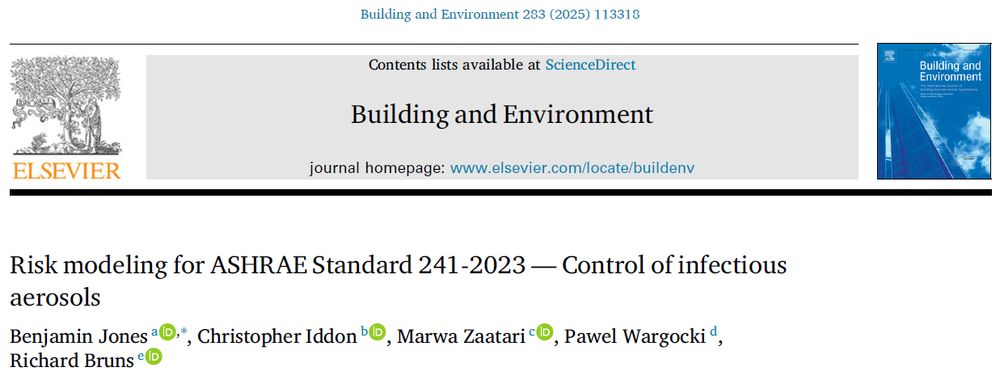Chris Iddon
@chrisiddon.bsky.social
110 followers
290 following
280 posts
Music, walking, ventilation.
Research fellow
Chair of the CIBSE natural ventilation group
Posts
Media
Videos
Starter Packs
Reposted by Chris Iddon
Reposted by Chris Iddon
Chris Iddon
@chrisiddon.bsky.social
· Sep 1

Pushing the cooling limit: CIBSE Natural Ventilation Group - CIBSE Journal
The limits of passive cooling, healthy learning environments and mitigating overheating were the core subjects of a topical summer event hosted by the CIBSE Natural Ventilation Group in July. Chair Ch...
cibsejournal.com
Chris Iddon
@chrisiddon.bsky.social
· Sep 1

Pushing the cooling limit: CIBSE Natural Ventilation Group - CIBSE Journal
The limits of passive cooling, healthy learning environments and mitigating overheating were the core subjects of a topical summer event hosted by the CIBSE Natural Ventilation Group in July. Chair Ch...
cibsejournal.com










